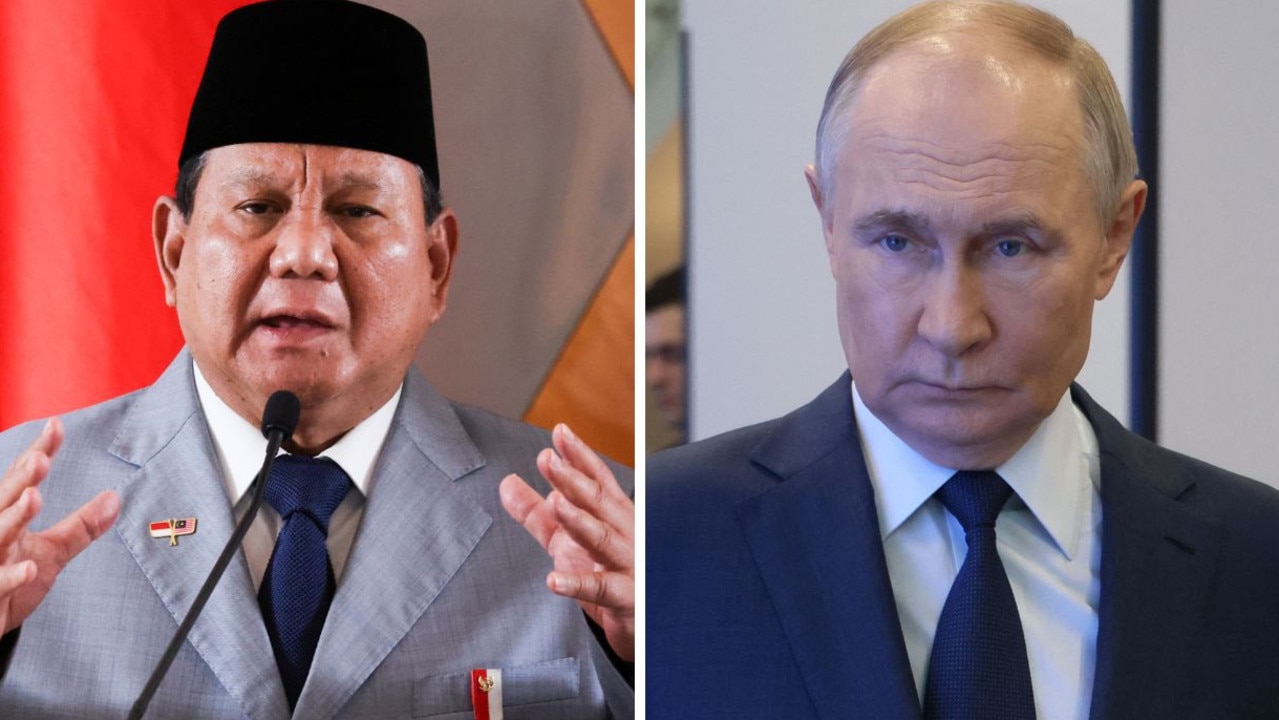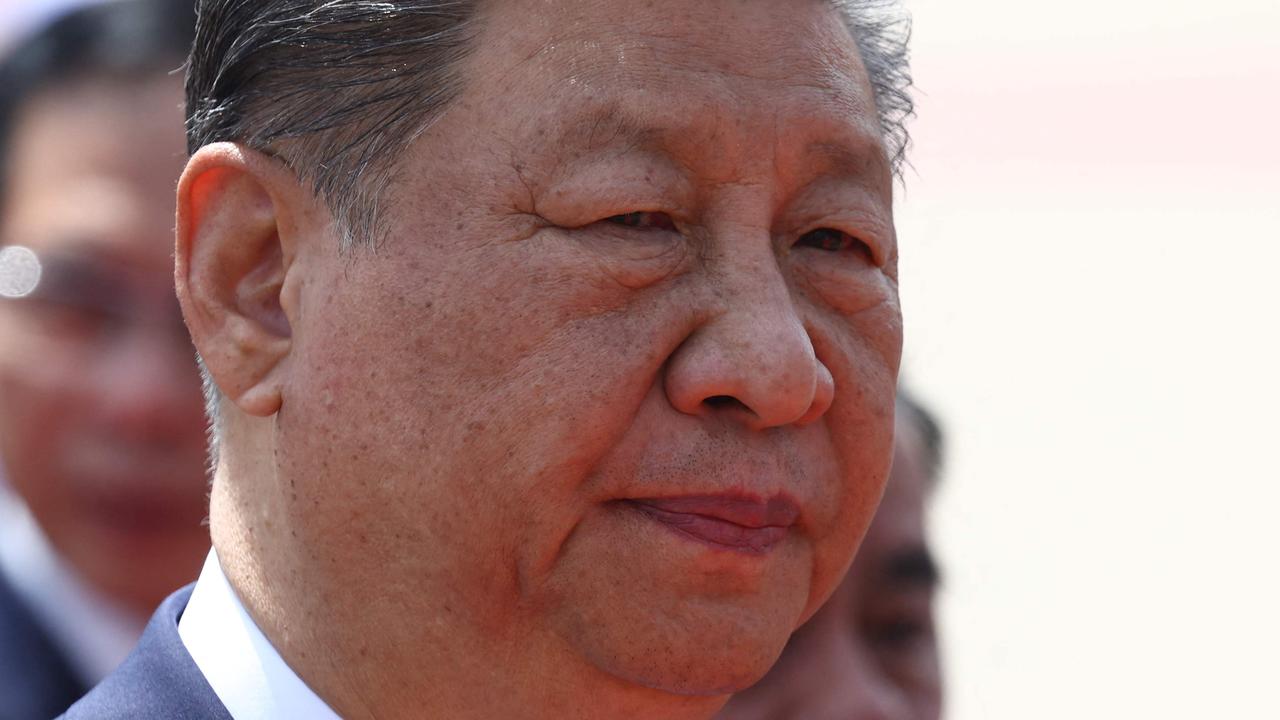North Korea in 2018: Kim’s scary next play for power
KIM Jong-un is hellbent on proving his military might. There’s one scary thing he has not done yet, and it’s likely to be his next move.
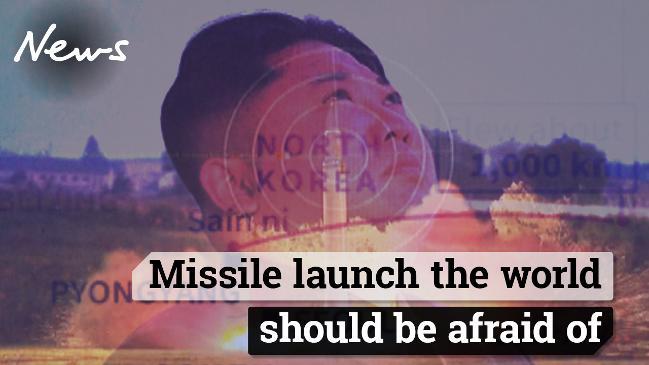
NORTH Korea’s military capabilities have leapt forward this year, sending shockwaves around the world.
But there’s one thing the rogue nation hasn’t done yet in its bid to prove its nuclear might: shoot a intercontinental ballistic missile (ICBM) over a long-range trajectory horizontally.
North Korea had the world on edge late last month when it test-fired its new Hwasong-15 missile by shooting it a phenomenal 4475km into space.
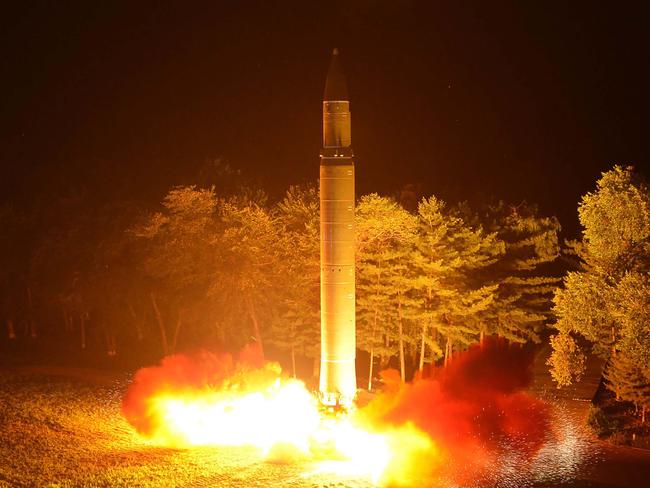
And while that shows the impressive flying power of the missile, it splashed into Japanese waters 950km from where it was fired. This is only a fraction of the distance an ICBM would need to travel horizontally if North Korea wants to fulfil its aim of targeting the east coast of the US. New York City, for example, is 10,916km from Pyongyang.
Asked for his predictions about how the North Korean missile crisis would play out in 2018, Asia-Pacific expert Evan Medeiros said a horizontal missile test would be Mr Kim’s next move.
“I don’t think Kim Jong-un is done,” the former White House adviser to US president Barack Obama told the Asia Society in New York this week.
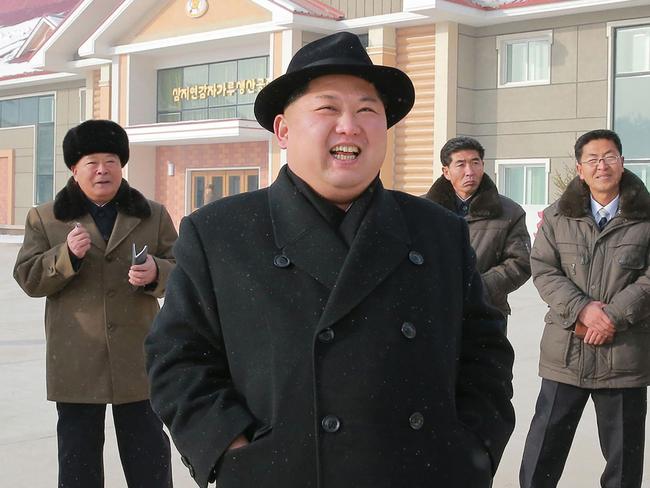
“I think the holy grail for him is really having a fully operational, nuclear-capable ICBM that can range the United States.
“I don’t think he has that capability and can convince others that he credibly has that capability until he does a full horizontal test.
“The tests they’ve been doing to date have been what’s called lofted trajectory. You shoot it up really, really high on a vertical trajectory and have it come down.
“And you can test what the full trajectory would be without actually flying a parabola — and I think they’re going to need to demonstrate that.”
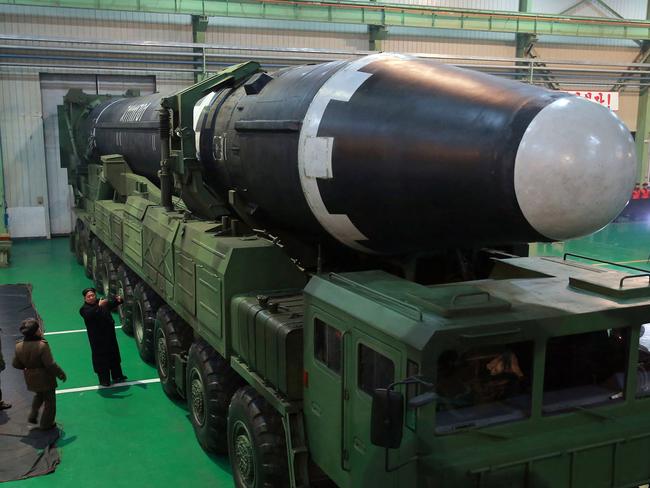
The November test carried a dummy nuclear warhead on the tip of the missile, but Mr Medeiros said the North Koreans could up the ante next year.
“The worst manifestation of that is they do that test and at the end do a nuclear air burst to tell the world, not only do we have a nuclear-capable ICBM, but the warhead works,” he said.
Mr Medeiros said the Trump White House was taking the threat seriously.
“We need to be mindful that military options are very much on the table,” he said.
“It’s something that’s being seriously debated and discussed within the Trump administration.
“It’s not the sort of thing that you can really talk about publicly because it’s not well known how advanced those conversations are — but I think it remains an active option.”
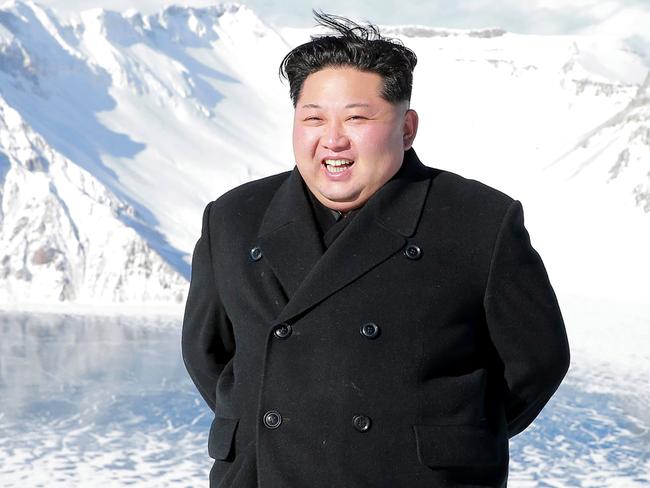
Many analysts believe the aim of the weapons tests is to push the US into diplomatic talks with North Korea and, ultimately, legitimise the Kim regime in the eyes of the world.
US Secretary of State Rex Tillerson indicated on Tuesday a willingness to meet with the North Koreans, but the White House walked that back 24 hours later.
Negotiations wouldn’t happen until Mr Kim’s regime “fundamentally improves its behaviour”, a White House official told Reuters.
“What I worry is that we’re going to get ourselves into talks, it’s going to be the same scrum and mess all over again and the North Koreans at some point are going to say, ‘OK, you’re not giving us X, we’re going to walk from the talks and we’re going to do these things that you don’t like,’” Mr Medeiros said.
“Because that’s the way the North Koreans play. It’s pure Don Corleone, Sopranos, pick your organised-crime metaphor.”
Ultimately, Mr Medeiros believes further weapons tests in the new year will provoke the US to strengthen its sanctions against the hermit kingdom.
“If North Korea tests again, it bursts the bubble that they weren’t serious about talks,” he said.
“The US and its allies and China continue to implement this maximum-pressure campaign and tighten the noose.”

